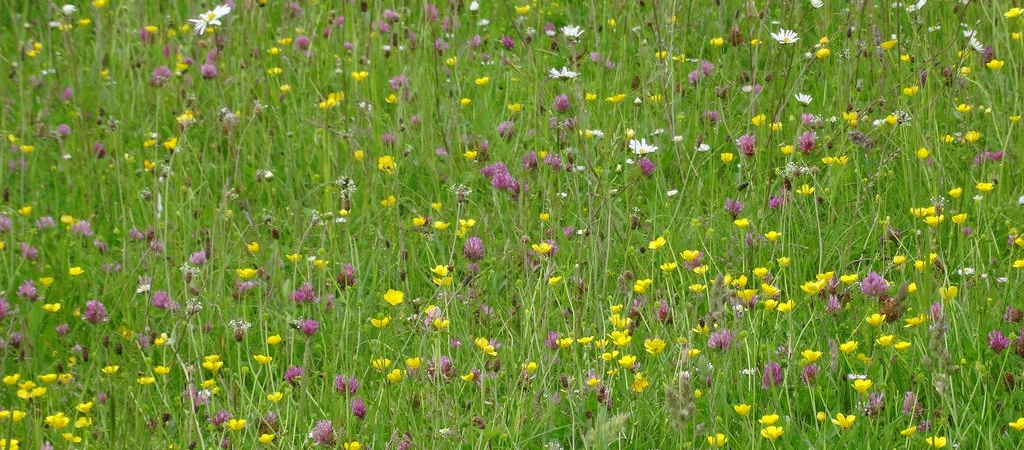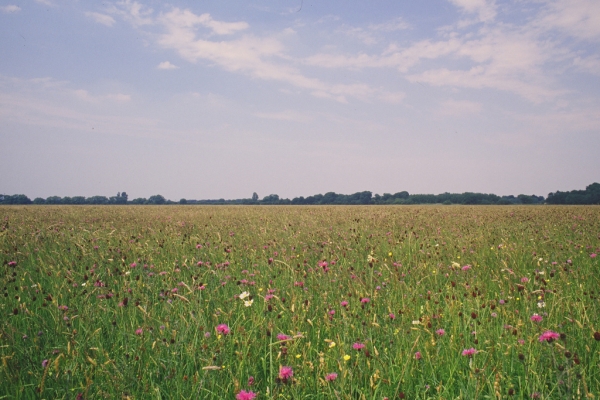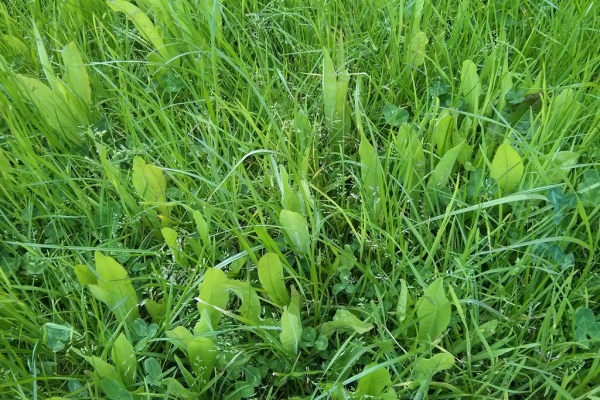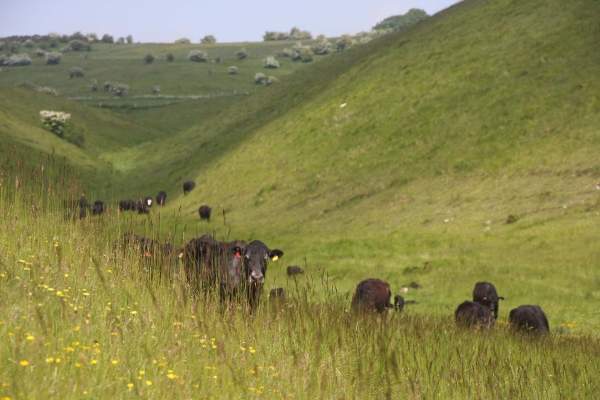Species-rich Grasslands, Meadows & Pastures in Worcestershire
A Landowner’s guide to Recognition, Management & Restoration
Resource explained
As a method of forage production, semi-natural or traditionally managed grasslands can be lower yielding than short-term sown grasslands but are rich in trace elements, can have fewer gut parasites, and are more drought tolerant and therefore likely to be more climate change resilient. This guide describes the different types of grasslands and provides useful flowcharts to help with identification and appropriate management, allowing you to tailor manage according to your grassland type. It is aimed at farmers and land managers in Worcestershire but is applicable to farmers managing grassland in other parts of the UK. The guide includes a useful calendar outlining actions to take at different times of the year. It also contains some best practice tips in relation to management, restoration and re-creation of hay meadows, grassland restoration, grassland creation, and horse pasture management.
Findings & recommendations
- Traditional grasslands are important wildlife habitats with a diversity of plants and invertebrate, fungal and microbial diversity.
- More than 15 species/m² with 30% wildflower cover is likely to be a species-rich grassland (and priority habitat).
- It is best for meadows not to be grazed from January to early April, to avoid overgrazing and poaching during wet winter conditions.
- From April to mid-July, meadows should be allowed to grow, flower, and set seed for a minimum of 8 weeks before hay is cut.
- Hay can be cut and removed between mid-July and August; removing cuttings prevents meadows from becoming too fertile, preserving less competitive wildflowers. It is best not to cut all at once and to leave some corners as wildlife refuge.
- Meadows can be grazed between August and November, preventing excessive grass growth from excluding wildflowers.
- Cattle are best used for aftermath grazing because they are less selective and will graze out coarse grasses. Sheep help to maintain a fine sward, allowing a good balance of grasses and herbs, but are selective grazers so may favour wildflowers over weeds. Horses are also good at maintaining a fine sward but can poach and compact the ground so require good management, often through rotational grazing.




